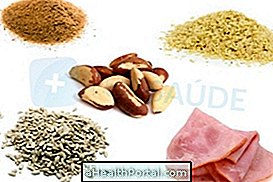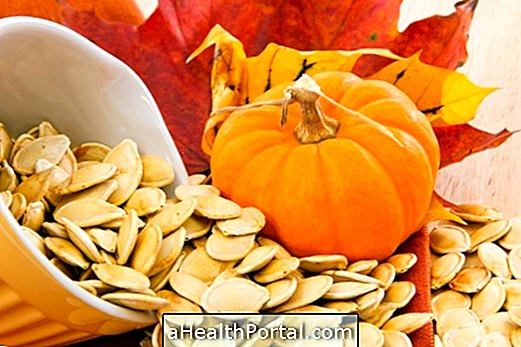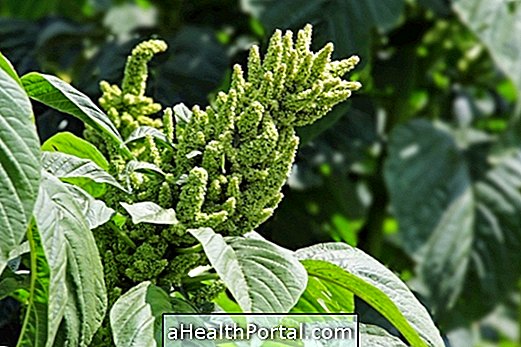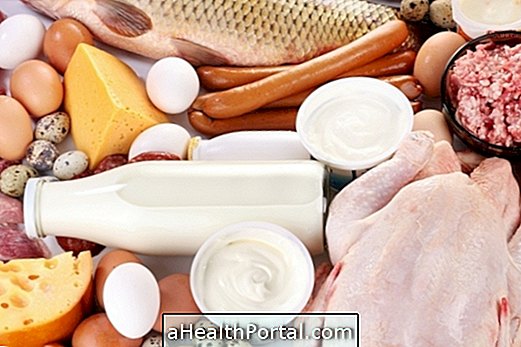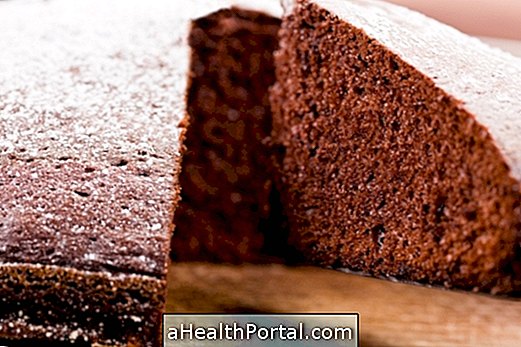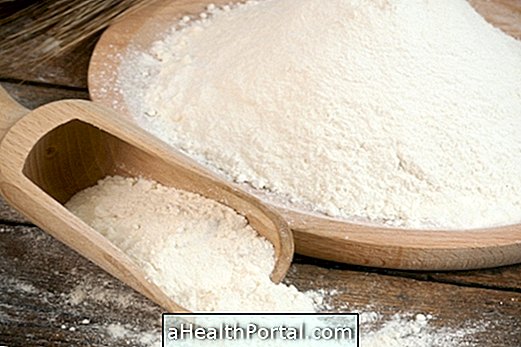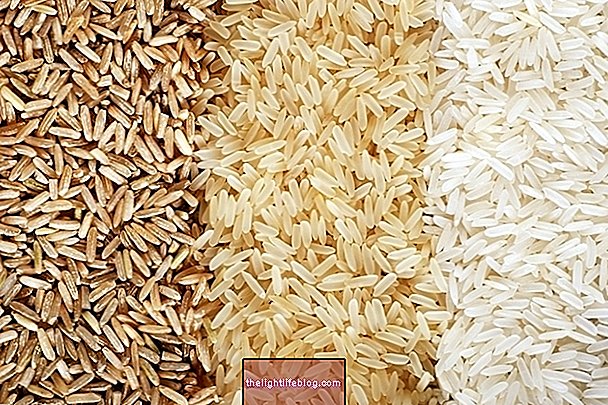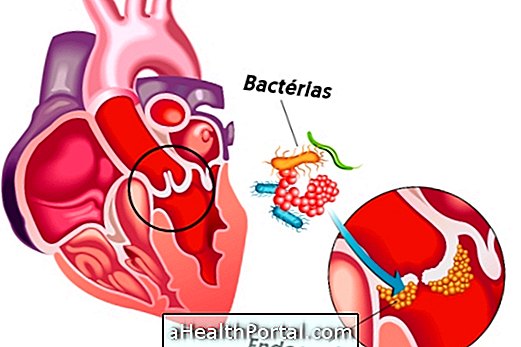The broccoli, besides having only 37 calories in 100g, is a vegetable scientifically recognized for preventing cellular changes that can become cancerous, having high concentrations of sulforaphane, as well as Brussels sprouts or cabbage, for example.
The best way to consume broccoli is with its leaves and stalks and steamed for 20 minutes so as not to lose too much of its vitamin C, but it can also be used raw in salads.
Eating broccoli regularly also improves the immune system, alleviates constipation and is good for anyone who has cardiovascular or inflammatory problems like arthritis or tendinitis, for example. In addition to it, cauliflower is also widely used in weight loss diets and to prevent problems such as cancer. Learn more about the benefits of cauliflower here.
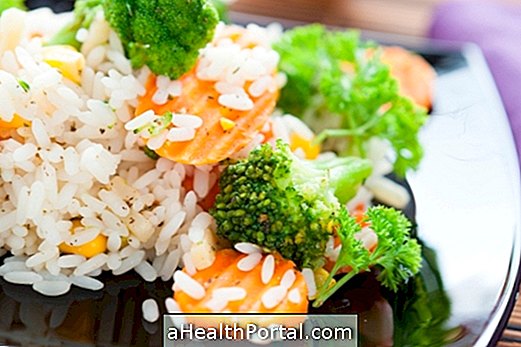
1. Reduces cholesterol
Broccoli is a food rich in soluble fiber that binds to cholesterol in the blood, making it easier to eliminate by the liver, helping to keep cholesterol levels in the body controlled.
2. Prevents cardiovascular diseases
In addition to lowering cholesterol, broccoli keeps blood vessels stronger and is therefore able to keep blood pressure under control. In addition, it contains sulforaphane, a substance with anti-inflammatory properties that prevents the onset of blood vessel damage and development of coronary artery disease.
3. Facilitates digestion
Broccoli is a good way to keep the digestive process working properly because its rich composition in sulforaphane regulates the amounts of bacteria in the stomach, preventing the onset of ulcers or gastritis, for example.
4. Avoid constipation
Broccoli is a vegetable that contains about 1 gram of fiber per 10 calories and is therefore an excellent natural remedy to improve bowel function and prevent the development of constipation.
5. Protects the eyes
Lutein in broccoli helps protect the eyes against macular degeneration and development of cataracts, problems that make vision blurred, especially in the elderly.
6. Prevents joint problems
Broccoli is a vegetable with excellent anti-inflammatory properties that help reduce inflammation of the joint and may delay the development of joint problems such as osteoarthritis.
7. Prevents the onset of cancer
Broccoli is a crucifer rich in sulforaphane and indole-3-carbinol, substances that act as antioxidants, helping to prevent the development of various types of cancer, especially stomach and intestinal cancer.
Nutrition information for broccoli
| Components | Quantity in 100 g of raw broccoli | Quantity in 100 g cooked broccoli |
| Calories | 37 Kcal | 37 Kcal |
| Fat | 0.20 g | 0.20 g |
| Carbohydrates | 5.50 g | 5.50 g |
| Proteins | 3.30 g | 3.30 g |
| Calcium | 400 g | 130 g |
| Phosphor | 70 g | 76 g |
| Iron | 15 g | 1.30 g |
| Sodium | 41.7 mg | ---------- |
| Potassium | 255.2 mg | ---------- |
| Vit. W | 44 mg |
Broccoli can be prepared in a variety of ways, from boiled and fried, however the best way to ingest it is raw, since in this way there is no loss of nutrients. So a good tip for using raw broccoli is to make a salad or use it in the preparation of natural juice along with orange, melon or carrot for example.
Broccoli Recipes
1. Rice with broccoli
To prepare this rice enriched with broccoli just add in a cup of rice, and two cups of water. Only when it is 10 minutes before the rice is ready does one add a cup of chopped broccoli, including leaves, stems, and flowers.
To further increase the nutritional value of this recipe can be used brown rice.
2. Broccoli Salad with Carrot
Cut the broccoli and put in a pan with about 1 liter of water and let cook until softened a little. Since the cooking time of broccoli is different from carrot, you should put the carrot to cook before and when it is almost ready you should add the broccoli in salted water. Once cooked, it should be sprinkled with a wire of olive oil. Another option is to chop 2 cloves of garlic in the oil and water the broccoli and carrot before serving.
3. Broccoli gratin
Leave the whole broccoli in a baking sheet covered with parchment paper and sprinkle with salt, chopped parsley and black pepper. Cover with the cheese of your choice, grated or cut into strips, and bake for about 20 minutes.
